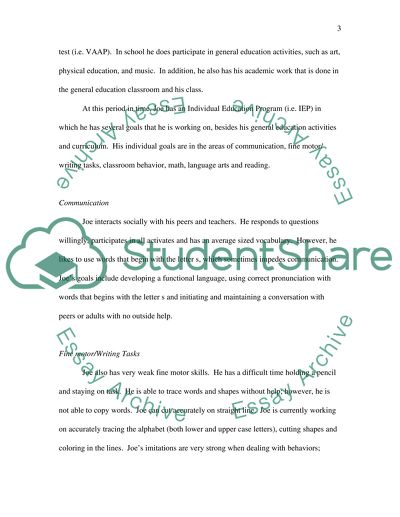Cite this document
(The Behavior of Children with Autism Research Paper, n.d.)
The Behavior of Children with Autism Research Paper. Retrieved from https://studentshare.org/education/1544261-parent-interview
The Behavior of Children with Autism Research Paper. Retrieved from https://studentshare.org/education/1544261-parent-interview
(The Behavior of Children With Autism Research Paper)
The Behavior of Children With Autism Research Paper. https://studentshare.org/education/1544261-parent-interview.
The Behavior of Children With Autism Research Paper. https://studentshare.org/education/1544261-parent-interview.
“The Behavior of Children With Autism Research Paper”. https://studentshare.org/education/1544261-parent-interview.


